Happy Creek, for example, we felt as if bears were all around us, as evidenced by high numbers of fresh salmon carcasses, prints, and 'kitchens' (areas along the creek bank where bears have flattened down the vegetation for easy access to the fish). The picture below features a a particularly impressive kitchen, where it seemed a bear (or bears) had been using a ramp to slide into a pool full of sockeye salmon. We'll soon be putting this idea to the test with a camera trap.
|
By: Aaron Wirsing This year, we returned to Bristol Bay, Alaska for our 8th year (!) of non-invasive brown bear population sampling. 2017 and 2018 had been slow years, with relatively little bear activity, but so far 2019 has been busy. During our first foray up Happy Creek, for example, we felt as if bears were all around us, as evidenced by high numbers of fresh salmon carcasses, prints, and 'kitchens' (areas along the creek bank where bears have flattened down the vegetation for easy access to the fish). The picture below features a a particularly impressive kitchen, where it seemed a bear (or bears) had been using a ramp to slide into a pool full of sockeye salmon. We'll soon be putting this idea to the test with a camera trap. We've weathered a bit after eight years (photo by Liz Landefeld). Just what we're looking for as far as a bear-wire encounter! Here, a bear that is very likely to deposit hair on our first Eagle Creek wire.
8 Comments
By: Aaron Wirsing Since 2012, we have been sampling brown bear hair with barbed wires strung across sockeye salmon spawning streams feeding into Lake Aleknagik (Bristol Bay, AK) for the purpose of generating noninvasive genetic population estimates. So far this year, the bear activity has been a tad slow (not much hair snagged on the wires), but this wire deployed on the aptly named Bear Creek was recently visited by an immature bald eagle (see below)! As usual, sampling will run through the end of August, after which we'll send our hair specimens to the lab at the University of Idaho for analysis, hoping for lots of individual IDs (genotypes). Every so often, when our barbed wires and motion-activated cameras work in perfect harmony, we get a moment like this one (on upper Hansen Creek).
By: Aaron Wirsing (for Shannon Kachel) PhD student Shannon Kachel is back in Central Asia, where his groundbreaking research on interactions between snow leopards, wolves, and their scared prey in Kyrgyzstan is beginning to wind down. Shannon's study is the first ever to examine the ecological consequences of shared predation risk from these two top carnivores for prey decision making. He recently chronicled his progress in a blog for Panthera that can be found here. Nice work, Shannon - we are green with envy!
By: Aaron Wirsing This past summer, we partnered with the United States Army Corps of Engineers (USACE), professor Josh Lawler (UW), and Dr. Michael Case (UW), to initiate a wildlife survey targeting the lands around the John Day Dam known as the John Day / Willow Creek Property. Using a combination of camera and live-trapping, our technicians Erin Morrison and Emily Schafsteck braved the heat and spent three months (June-August) sampling the project lands for mammals, reptiles, and amphibians. Their hard work really paid off, for it resulted in a number of interesting detections, including a black-tailed jackrabbit (Lepus californicus, below)! Erin Morrison (left) and Emily Schafsteck (right), after a great day of small mammal trapping. We are grateful to Tim Darland and the USACE for this exciting research opportunity, and look forward to 2018!
By Linda Uyeda and Aaron Wirsing
The California condor (Gymnogyps californianus) is listed federally as an endangered species. With a 9.5 foot wingspan, and weighing up to 25 pounds, it is the largest land bird in North America. California condors are carrion feeders, with common food sources including carcasses of large mammals such as deer and cattle. Challenges to the condors’ survival in the wild include habitat loss, complications resulting from the ingestion of microtrash, and electrocution from power poles, but lead poisoning from consumption of lead-contaminated carcasses remains as the greatest obstacle to overall population recovery.
The primary aim of the Recovery Program, a multi-organization collaborative effort led by the USFWS, is the recovery of the California condor to a self-sustaining, free-flying population. There are many partners involved in the California condor recovery effort, with some organizations focused on captive populations, and others tasked with management of the free flying population throughout the species’ range. The USFWS Hopper Mountain National Wildlife Refuge complex based in Ventura, California, is responsible for the management of the southern California population of California condors. Management activities include monitoring wild condor nests to assess chick development and to remove microtrash, tracking day-to-day condor activity, and conducting biannual health checks of the entire free-flying flock to monitor for lead exposure. Captive-bred individuals are also introduced to the free-flying population each year, and are monitored to ensure their successful integration into the flock. Since 1982, when there were only 23 California condors worldwide, recovery efforts have increased the population to over 450 birds, including over 250 flying free in the wild! Of this total population, the free-flying southern California condor flock with which Linda works currently numbers ~80 individuals. After spending multiple seasons tracking and handling water monitor lizards in the dense tropical forests of Indonesia, learning the proper handling and management of California condors has been a fun new challenge for Linda. These days, she spends a lot of time tracking and observing condors in the open grasslands, steep canyons, and rocky cliff areas that this species calls home. “It’s great to play even a small part in the recovery of the California condor, and to contribute to such a longstanding and successful recovery program.” Content by Michael Havrda, edited by Apryle Craig An increasing number of researchers are using trail cameras as a non-invasive method to study wildlife. Trail cameras are easily deployed by citizen scientists and collect data round-the-clock, giving them an edge on direct observation studies. It's easy to end up with thousands of photos, but don't be overwhelmed. Here are a few tips to organize and analyze your trail camera photos: 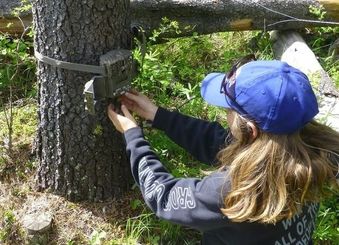
Do you have any additional tips? Feel free to email them to Apryle at uw [dot] edu and I will review them and add them as time permits.
By Aaron Wirsing (with Shannon Kachel) Earlier this month, I joined Shannon Kachel in Kyrgyzstan for a couple of weeks of field research. Working in collaboration with Panthera and the local managers of the Sarychat-Ertash Reserve in the Tian Chan Mountains, Shannon is exploring interactions between snow leopards, wolves, and their shared prey (Argali and Ibex). During my stay, we did not capture and collar any snow leopards, which are notoriously elusive, but I was left with indelible memories of the region's beautiful alpine scenery, not to mention the bumps and bruises to show for some truly challenging field work at 3000 m (10,000 feet).
By Aaron Wirsing (with Clint Robins) This summer, the PEL, led by PhD student Clint Robins, teamed up with the Doris Duke Conservation Scholars Program (DDCSP) at the University of Washington. The DDCSP seeks to increase diversity and inclusion in conservation and the natural sciences. To that end, the program at UW, which is housed in the College of the Environment, recruits undergraduates from unrepresented groups and diverse backgrounds to spend two summers as scholars; during the second summer, the scholars partner with tribal, university, and/or government conservation efforts as interns. Clint mentored two second-year interns, Niki Love and Kyle Mabie, who assisted with investigation of cougar kill sites along the urban-to-wildland gradient than runs from Seattle to the Cascade foothills and then completed their own research projects using data they had collected. We are grateful to Niki and Kyle for choosing to spend time with us this summer, and wish them the best of luck as they move on from the DDCSP to complete their degrees at Cornell and Colorado State, respectively. Dr. Brian Kertson, of the Washington Department of Fish and Wildlife, talks to the first-year DDCSP cohort about radio-telemetry and his research on cougars in Seattle's back yard.
By Aaron Wirsing Now in its 5th year, and counting, our Alaska Bear Project continues to build momentum. Working in collaboration with Professor Tom Quinn (SAFS), I've just returned from Bristol Bay, where we've been non-invasively studying bears hunting along six sockeye salmon spawning streams (alliteration!) since 2012. Thus far, we've collected over 2000 hair samples for genetic analysis using barbed wires strung across the streams and detected 121 bears.
This year, for the first time, we've been collecting video using motion-activated trail cameras deployed in conjunction with the wires, and elsewhere, on each stream. We'll be analyzing the videos to explore bear behavioral responses to the wires (e.g., do they learn to avoid them?), and to track the timing and location of different bear behaviors including foraging and traveling. Working with Anne Hilborn, a PhD student in Marcella Kelly's lab at Virginia Tech, we're also using the videos as a means to better communicate our work and findings to the public. Below, two videos provide good examples of the kinds of footage we collect: a mother passing by with two cubs, and one of the many curious bears attracted (presumably) to the sound of the cameras. By Michael Havrda Summer is drawing near, and for many research projects that means the start of the field work season is fast approaching. For the last several weeks, we’ve been hard at work getting the Washington Urban-Wildland Carnivore Project ready to transition out of the pilot stage so we can launch our full-scale field study in the next couple of weeks. One of the tasks that has taken more time than expected was responding to all of the emails we received from members of the public that wanted to participate in our study. On May 11th, we launched a webpage for the Washington Urban-Wildland Carnivore Project on the Woodland Park Zoo’s website. At the same time, Woodland Park Zoo also issued a press release that was covered by news outlets as far away as Spokane. As a result, we received an amazing response from the public – over 200 people wanted to have trail cameras installed on their property! It was very rewarding for us to see how engaged and enthusiastic the community was about wildlife and carnivores in particular. As you can imagine, a research project as large as the Washington Urban-Wildland Carnivore Project requires a lot of equipment. With close to fifty cameras and all of the associated hardware that comes with them, not to mention tools and supplies for collecting scat samples, we have a lot of items to inventory and double-check before we roll everything out. At the same time, our Project Lead, Michael Havrda, has been training two new field technicians. Mariah Vane (University of Washington 2013) and Alia Richardson (University of Vermont 2009) have been skillfully learning how to deploy trail cameras. Many of the training sessions have taken place in tricky suburban parks and properties that have challenging logistics such as high human activity, limited space, or dense understory vegetation. Please stay tuned for a more thorough introduction to both Mariah and Alia in an upcoming blog post! Once training is complete, all of our gear has been delivered and checked, and the last few details of our study design have been decided, we’ll move forward with starting the first round of camera deployments. For each round we’ll be deploying all of our cameras and then leaving them in place until we relocate them to new locations about four weeks later. This process will get repeated for approximately one year, giving us over 400 sample sites across King County, Washington. Hopefully now you’ve gotten a little insight into what we’re doing here at the Washington Urban-Wildland Carnivore Project: please check back for our next blog post to learn why we’re doing this!
The Washington Urban-Wildland Carnivore Project is a collaboration between the University of Washington and Woodland Park Zoo. For more information on the project, please visit our website at www.zoo.org/conservation/urbanwildland or email us at [email protected]. |

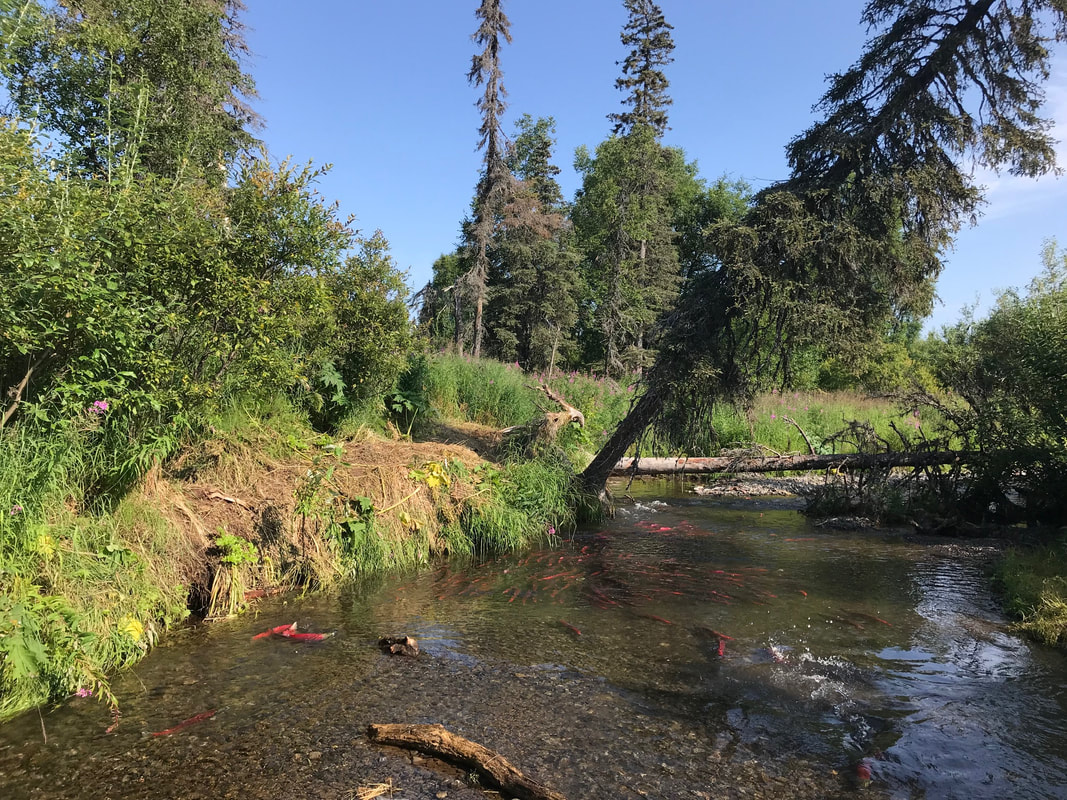
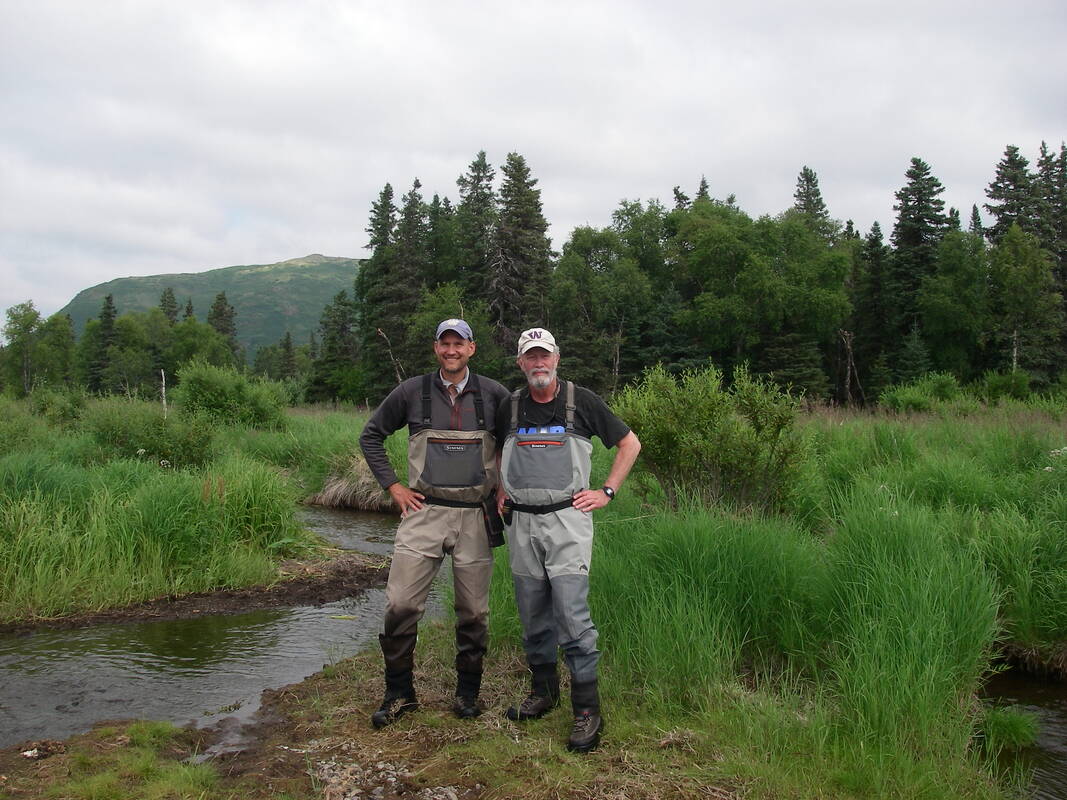
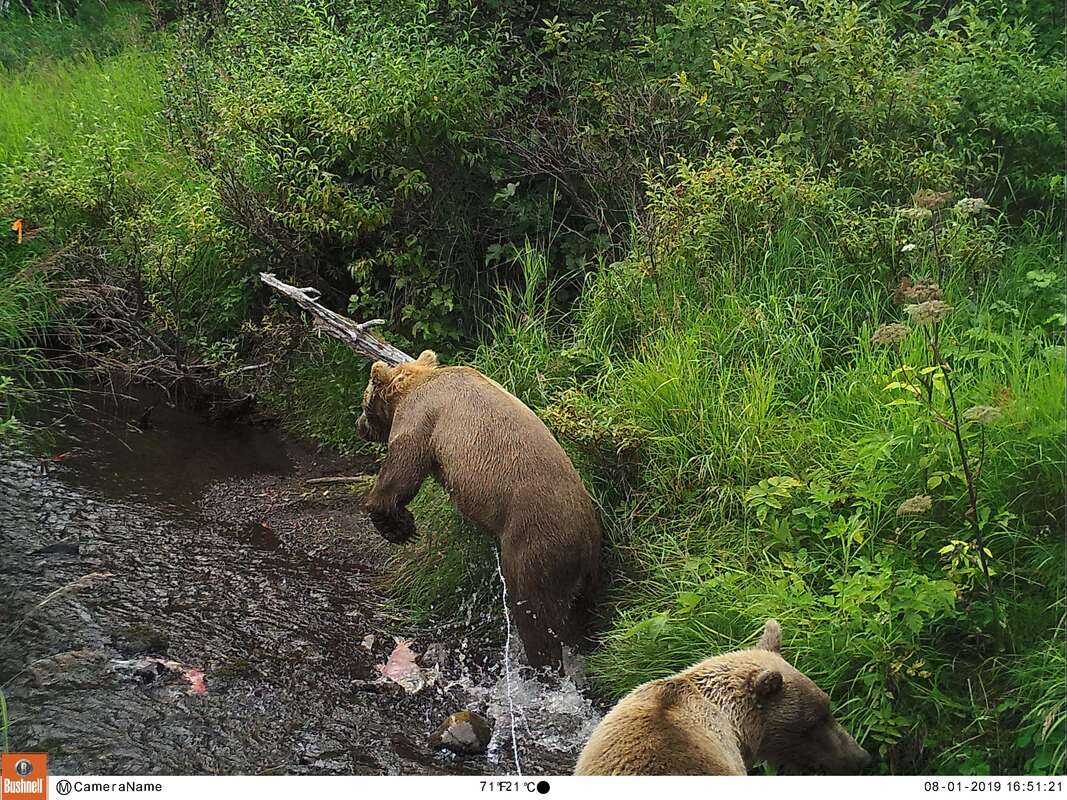
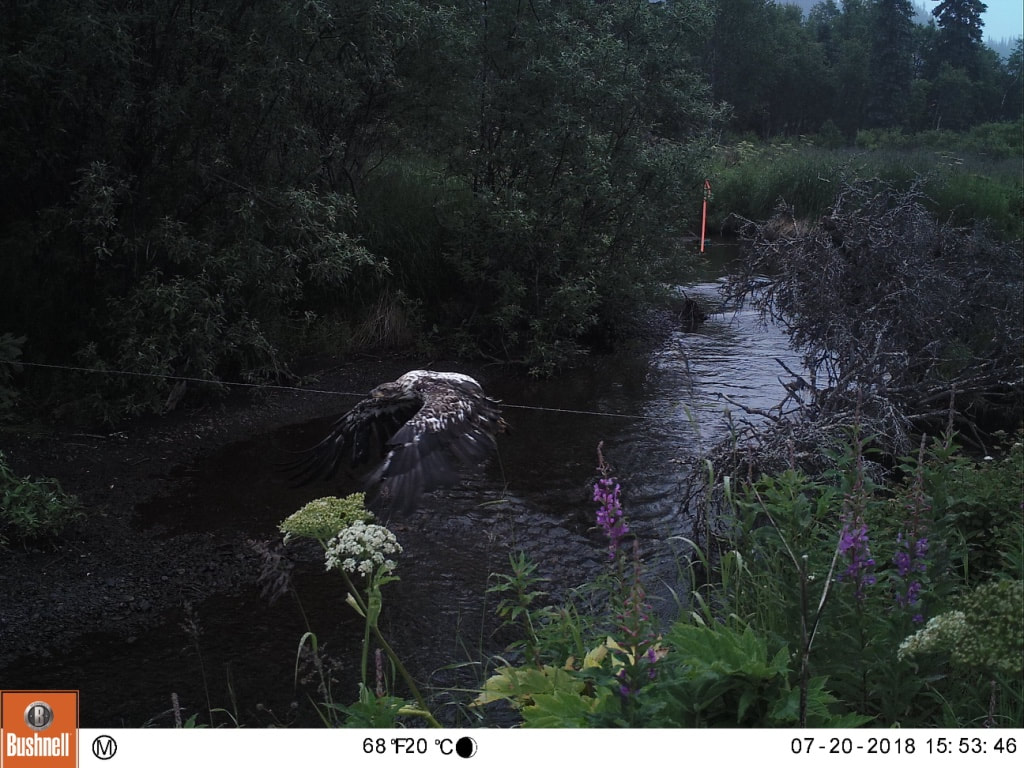
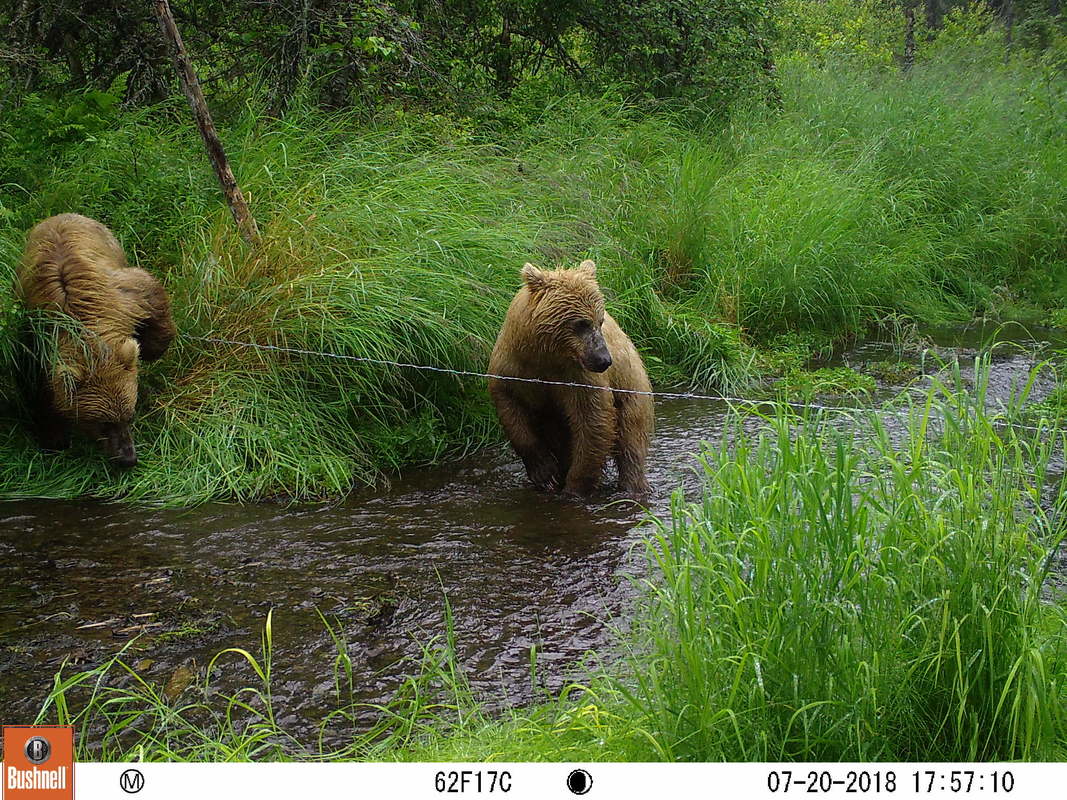
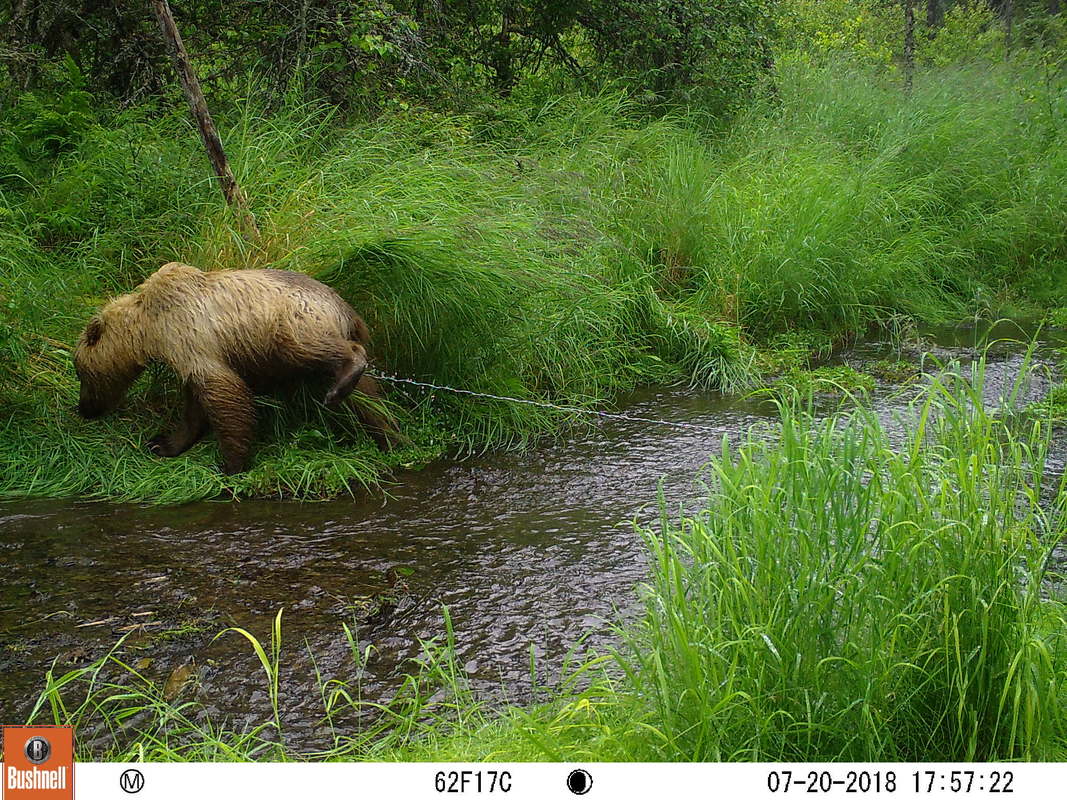
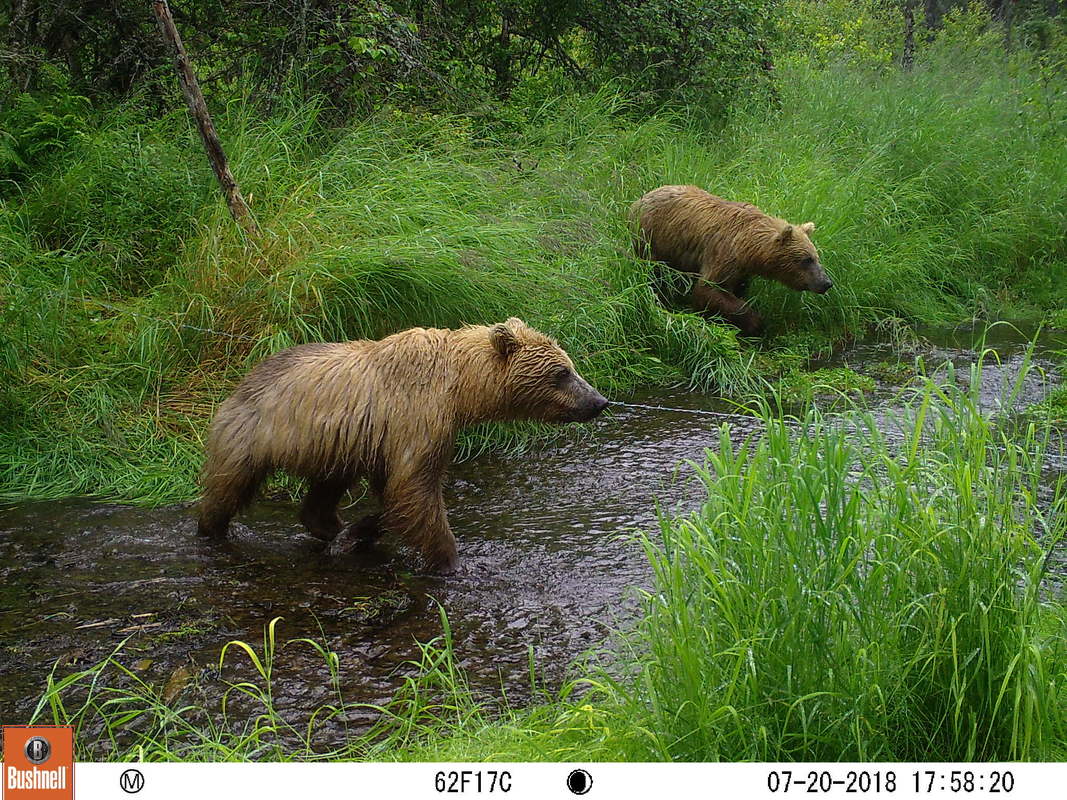
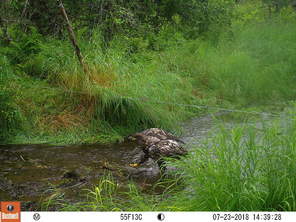
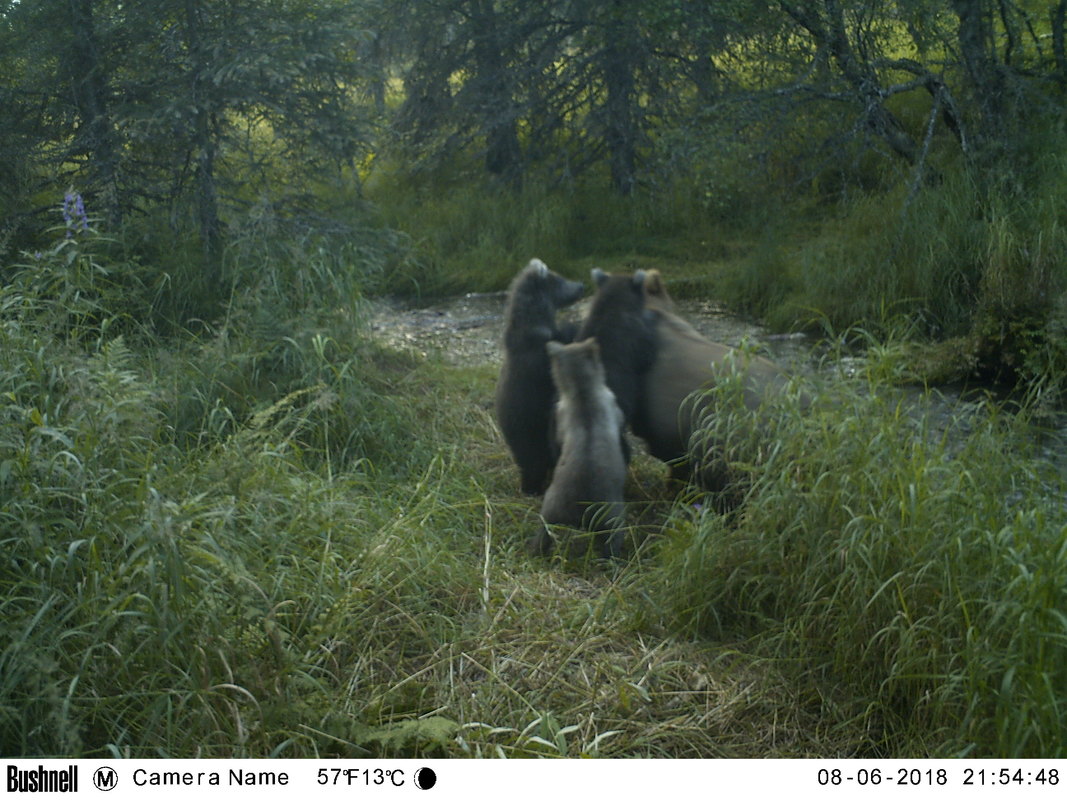
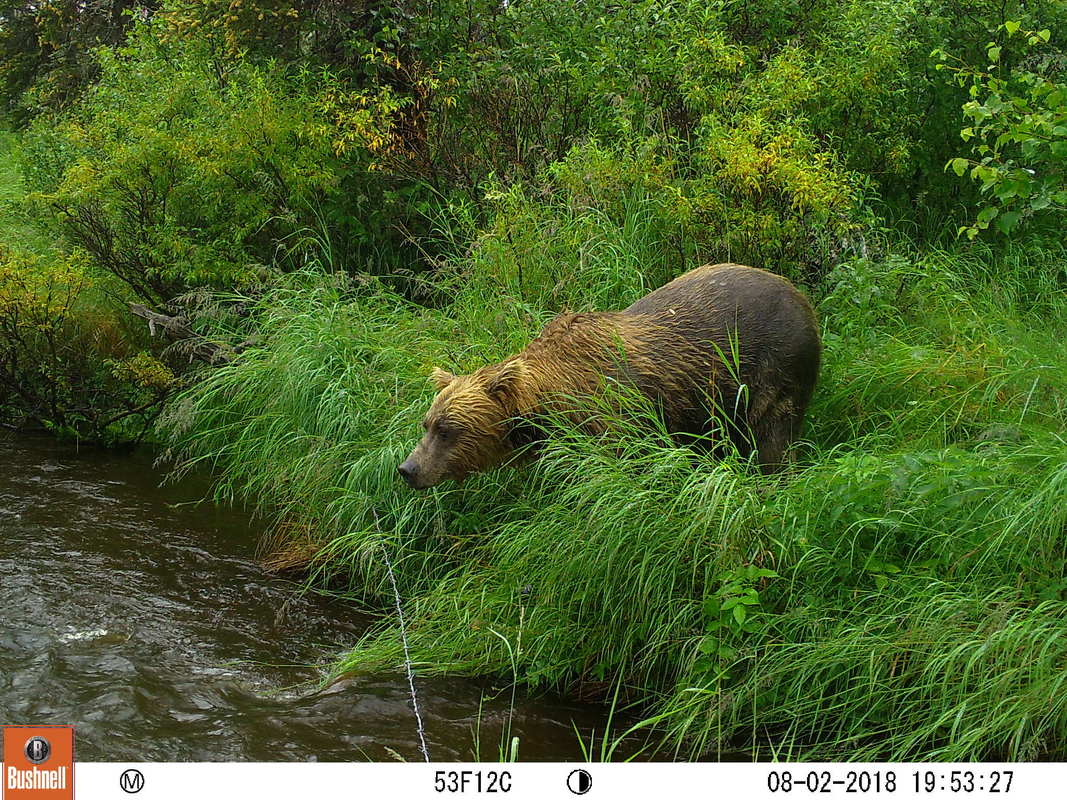
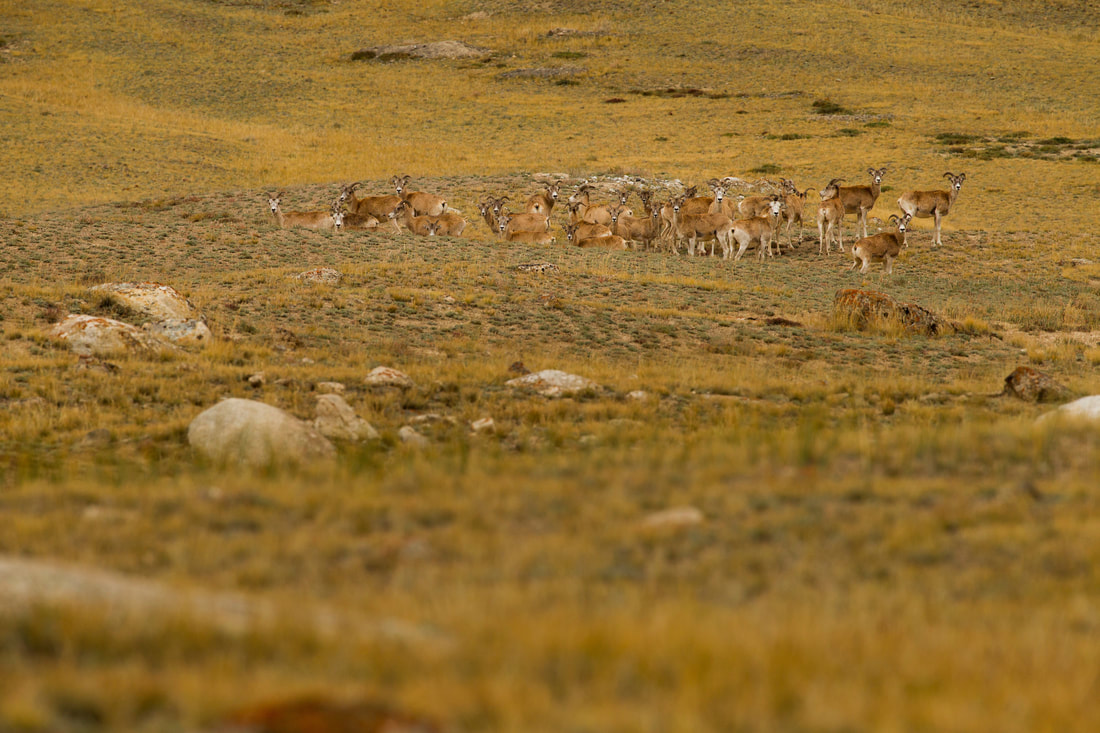
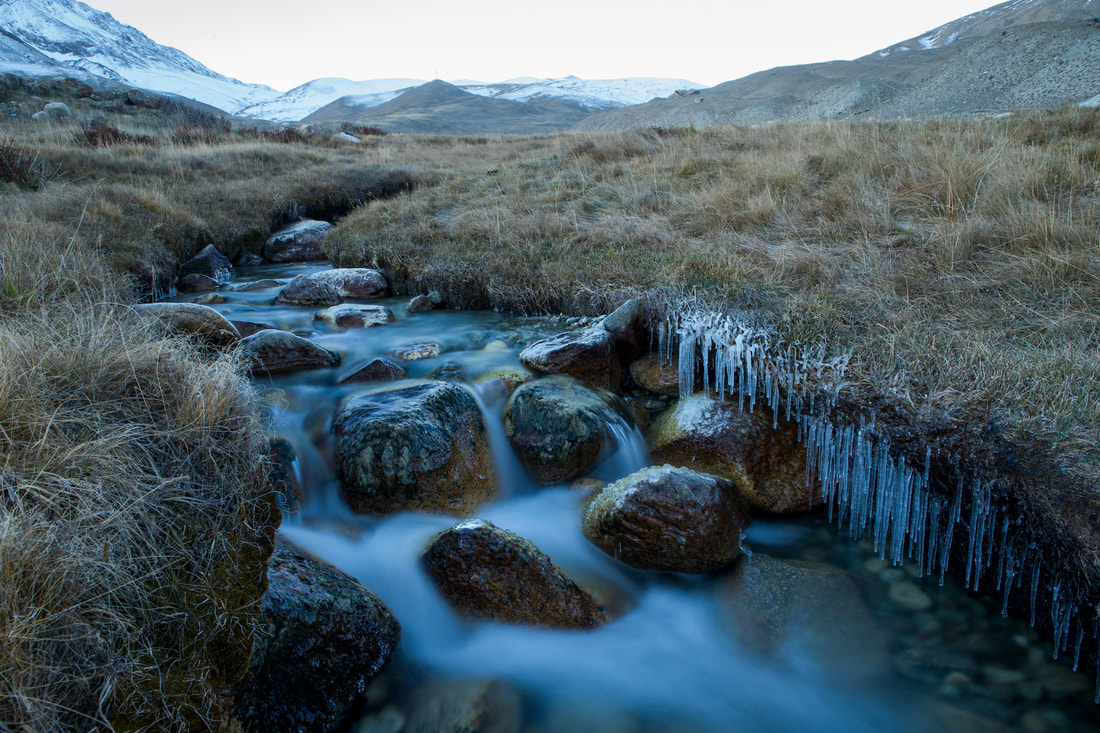
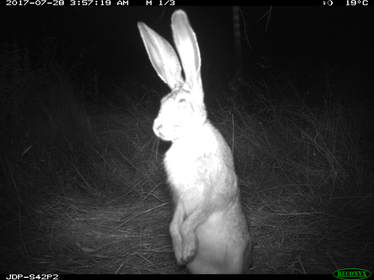
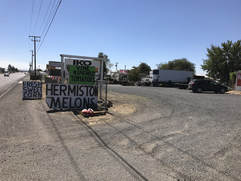
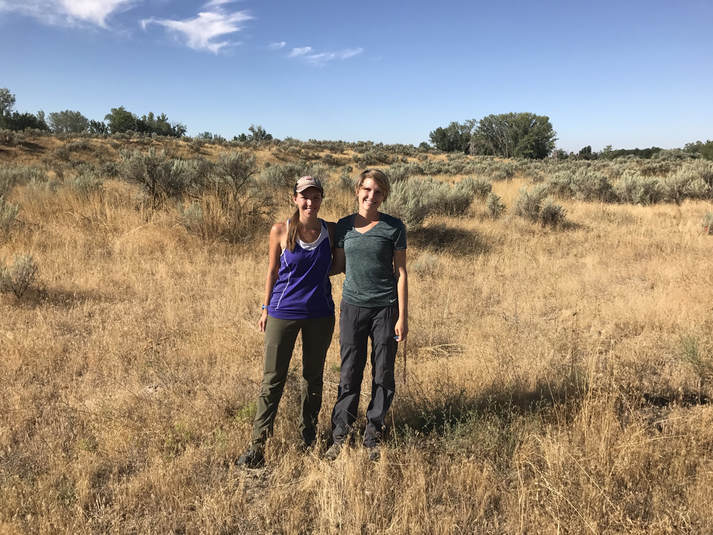
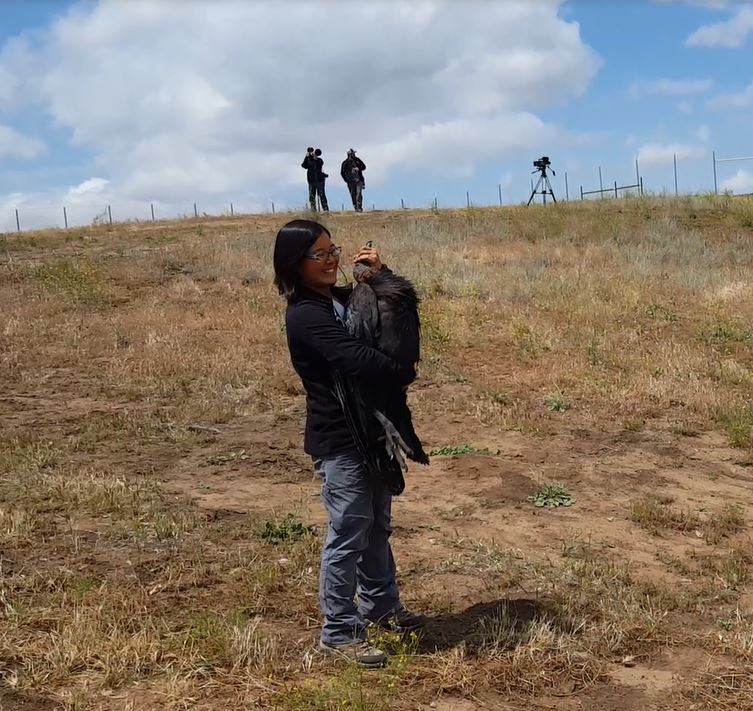
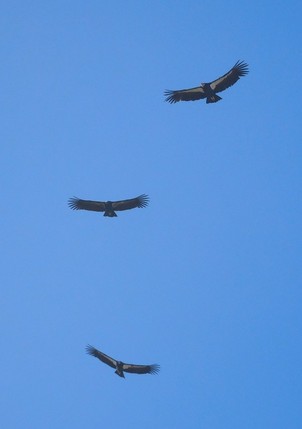
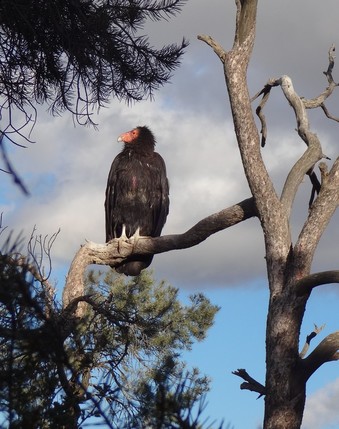
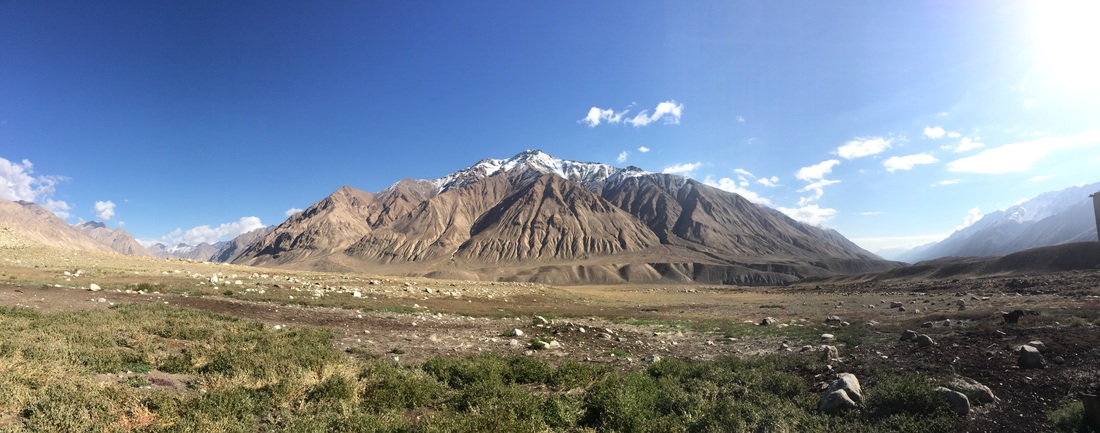
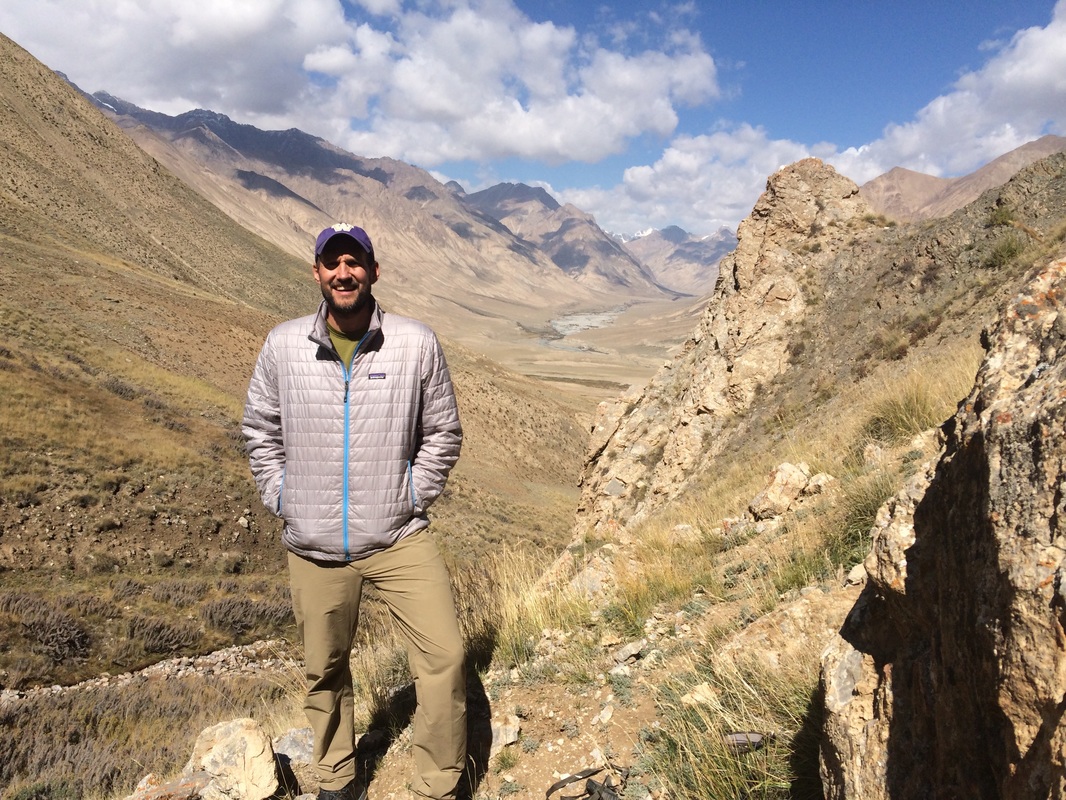
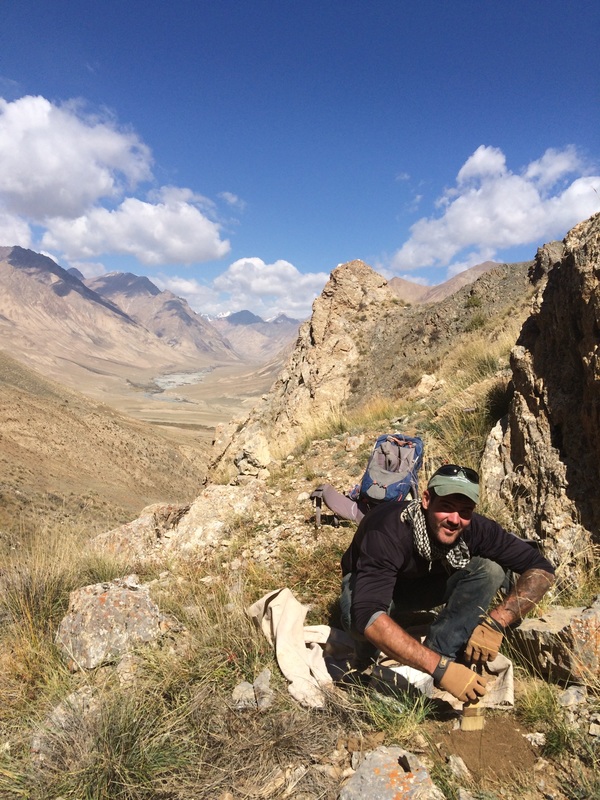
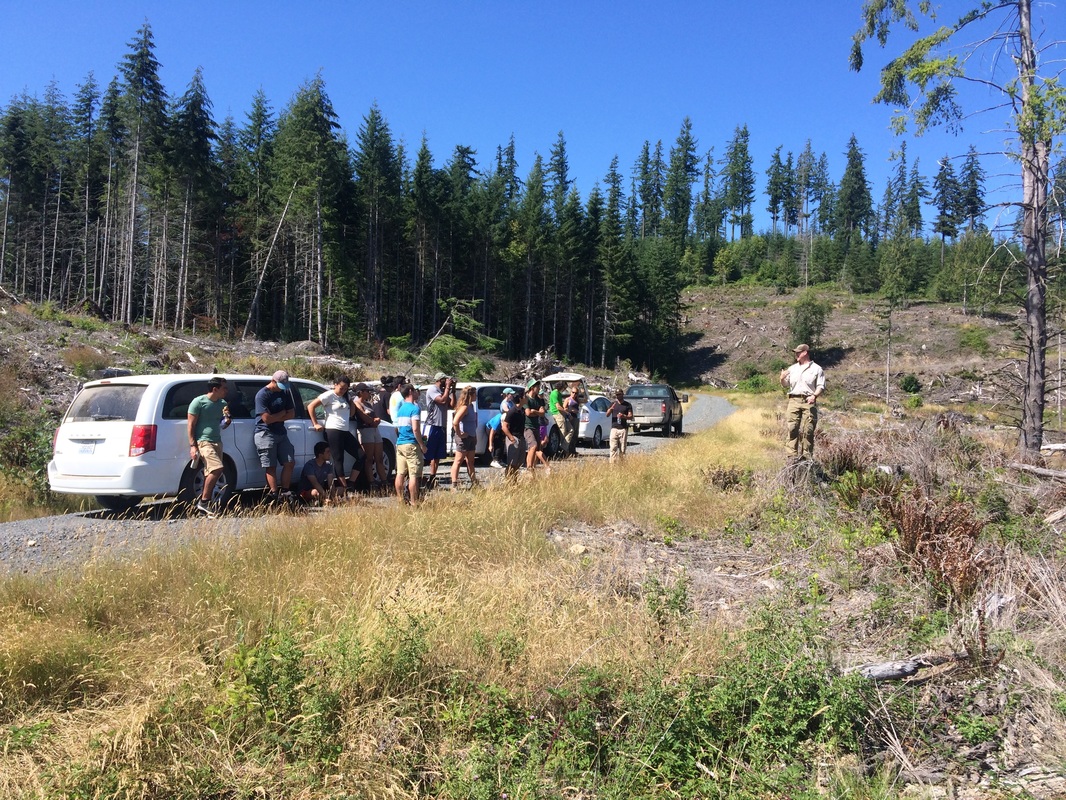
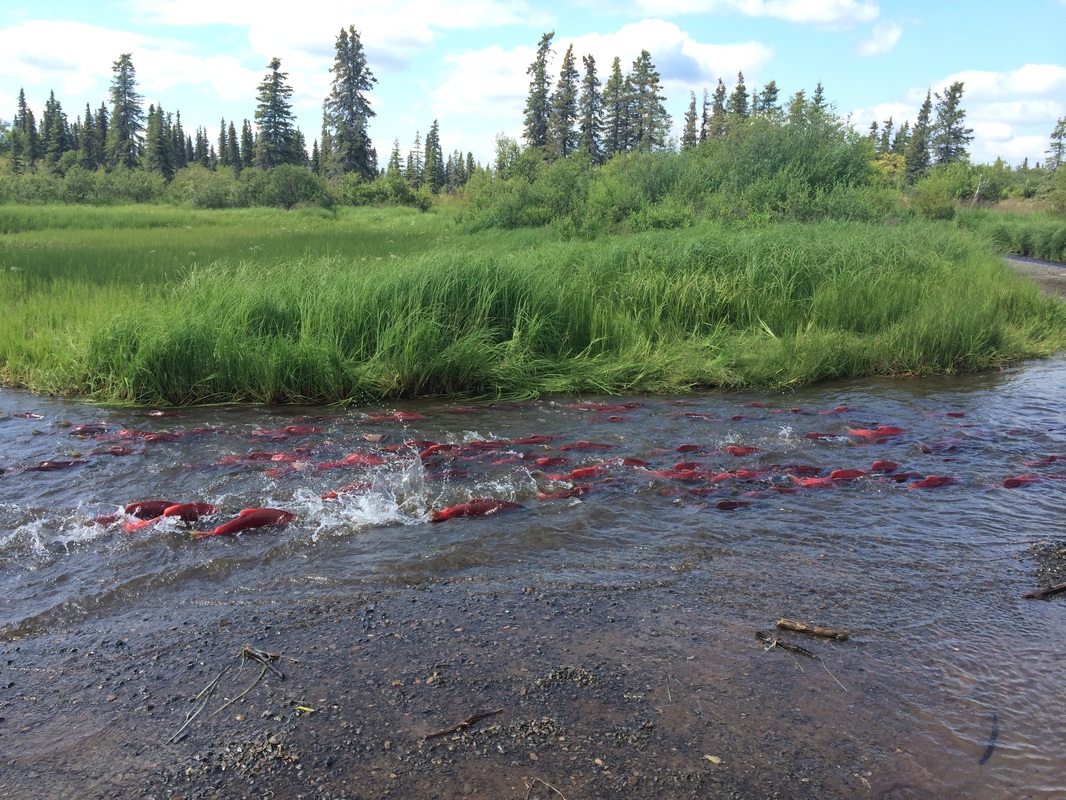
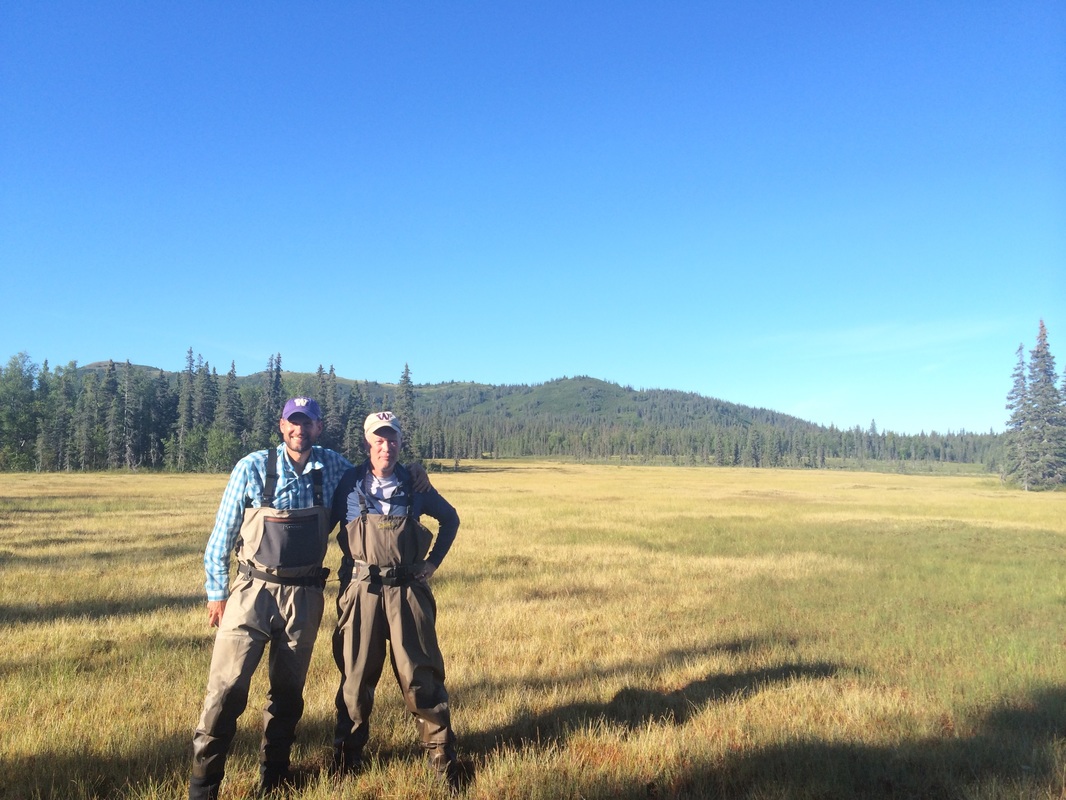
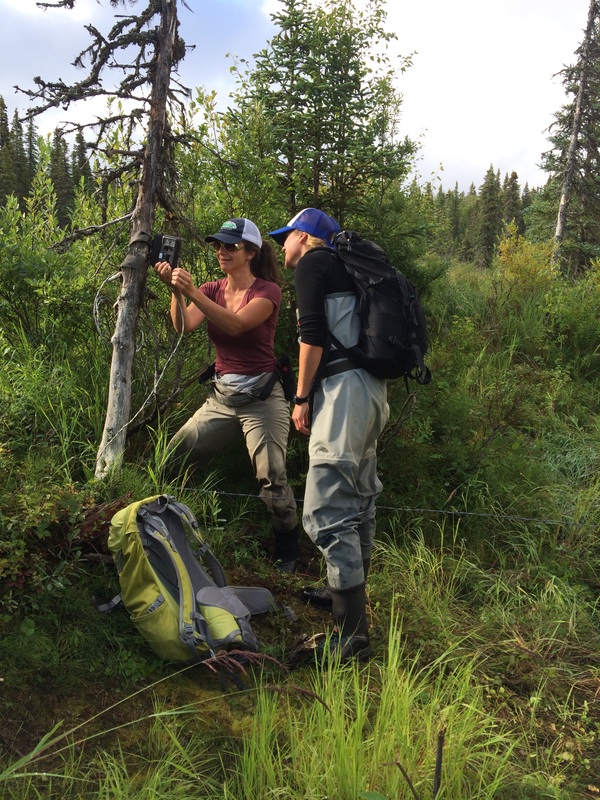



 RSS Feed
RSS Feed